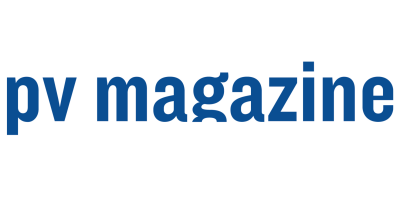Just under two months after achieving $7 billion in loans funded through the company’s platform, Mosaic has eclipsed the $8 billion mark in loans funded and is nearing its goal of helping more than 1 million people prosper from clean energy.
2022 has been a trying year for many in the solar industry, as supply chain and product deliverance issues persist, suppliers withhold product fearing detention, and policy changes threaten to gut one of the country’s most prosperous state markets. For solar finance company, Solar Mosaic, however, 2022 has been a year of exceptional growth.
Less than two months after announcing that the company surpassed $7 billion in loans funded through the company’s platform, Mosaic has eclipsed the $8 billion mark in loans funded. According to Mosaic, that milestone was achieved in late June, and the company is inching closer to one of its long-standing goals of helping more than 1 million people prosper from clean energy. This figure includes homeowners, contractors and their crews, Mosaic employees as well as other equipment suppliers and partners.
According to Mosaic founder and CEO, Billy Parish, the company has been able to sustain and accelerate its growth through its unique, in-house approach to solar financing.
“I think core is the specialized technology platform that we’ve built, which is the most flexible and advanced in the market, in terms of supporting all the different needs of a whole different range of contractors,” said Parish. “Second is our underwriting approach. Mosaic uses a machine learning based credit model to enable low losses, while delivering the highest approval rates in the market, that’s really valuable, as you know, to contractors who are looking to convert their leads into sales.”
The underwriting approach that Parish referenced evaluates the creditworthiness of potential customers using different criteria than other comparable lenders, allowing the company to finance systems to low- and middle-income customers who may otherwise not be able to afford a solar system, widening the renewable energy means gap and deepening the issue of energy inequity.
“Most lenders use income, debt to income, and FICO as core drivers of their credit decisioning,” Parish told pv magazine. “We have a machine-learning-based model that’s less reliant on those factors, which enables us to offer credit to lower income and lower FICO customers more readily than most traditional lenders… We look a very large number of different data points collected from the credit report and from other sources to make our credit decisions, and we have more solar loan performance data than any other company in the country. We look at all of that performance data, and we run all of these different factors against it to see which are most predictive of loss, in a balanced, scorecard approach.”
Because of the company’s depth of business and experience lending in the solar space, Mosaic is able to use data pulled strictly from solar loans, which can be more accurately predictive of the likelihood of a solar loan being paid back, as opposed to using all types of loans as the basis for a creditworthiness determination.
Beyond extending the economic range of people the company can lend to, Parish shares that Mosaic has also been able to generate growth though its sustainable home improvement business line, offering HVAC and home automation services.
“We’ve seen some really interesting convergence and opportunities to connect to the ecosystem, where roofers want to get into solar or home automation, companies want to start selling solar, and vice versa, you know, electric vehicle customers who are interested in going solar,” said Parish. “So we’re seeing some pretty interesting convergence of our two business lines.”
Article originally posted here.
